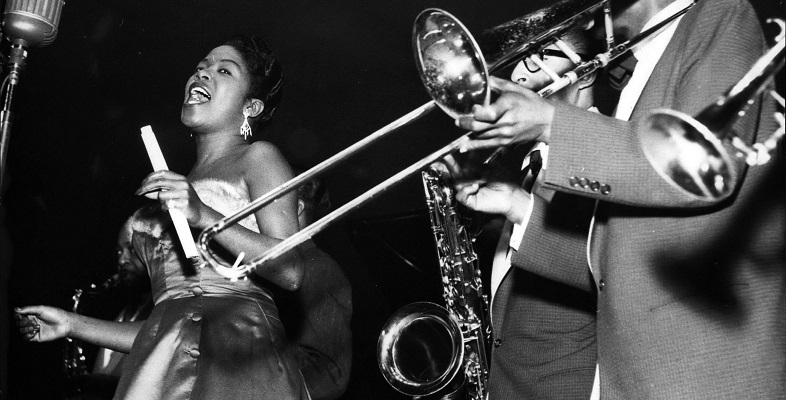2 Perceiving song form
The terms ‘verse’ and ‘chorus’ identify two common elements of Western song form that would otherwise take many words to explain. One goal of theories of music is to provide musicians and listeners with terms and symbols that allow them to communicate efficiently about music. Often, this means using specialist terminology – including words such as ‘verse’ and ‘chorus’.
Not all the songs in the world are divided up into verses and choruses. There are many music cultures in the world, many kinds of songs, many song forms, and many sets of specialist or insider terminology to describe them. As this course continues, you will encounter a range of musical styles, as well as a range of terms used to describe their forms.
The specialist terms discussed so far refer not only to musical sound, but also to other kinds of musical conventions. For example, in pop songs, verses often emphasise the words, while choruses emphasise the music. Similarly, verses tend to prioritise the narrative aspects of the song (its story) and choruses the emotion. It is not uncommon to find words repeated during choruses, as well as the use of vocables (words without a fixed meaning: for example, ‘tra la la’). Choruses also tend to contain a song’s most memorable and engaging musical material.
In the next activity, you will try to identify verses and choruses in a new song.
Activity 2 Listening to ‘I’ll Be Around’
Part 1
Listen to the first two minutes of Audio 2 [Tip: hold Ctrl and click a link to open it in a new tab. (Hide tip)] and identify where the verses and choruses begin. Enter the track times and a few of the lyrics from the beginning of each relevant section in the text boxes provided in Table 2 below. A few of the lines have already been completed for you.
Note that this song form employs a slightly more complicated version of the verse-chorus alternation you saw in the previous song. There are two verses, then a chorus, two more verses, and then a chorus. As you get familiar with any musical form, it soon becomes apparent that musicians regularly find ways to make it more complex and interesting.
| Section of song | Track time | Lyrics |
| Introduction | 00:00 | — |
| Verse 1 | 00:19 | This is our fork... |
| Verse 2 | ||
| Chorus | ||
| Verse 3 | ||
| Verse 4 | ||
| Chorus | ||
| Interlude | 02:01 | — |
Comment
A completed table is shown below, which includes additional information.
| Section of song | Track time | Lyrics |
| Introduction | 00:00 | — |
| Verse 1 | 00:19 | This is our fork ... |
| Verse 2 | 00:34 | You made your choice ... |
| Chorus | 00:51 | Whenever you call me ... |
| Verse 3 | 01:09 | I knew just ... |
| Verse 4 | 01:25 | There’s always ... |
| Chorus | 01:42 | Whenever you call me ... |
| Interlude | 02:01 | — |
| Chorus | 02:16 | Whenever you call me ... |
| Chorus | 02:33 | Whenever you call me .../Just call me ... |
| Chorus | 02:51 | Whenever you call me .../I’ll be skipping ... |
Part 2
The completed Table 2 also contains an analysis of the end of the song. Have a look at the table and notice how, after the instrumental interlude at 02:01, the chorus is repeated three more times in succession, sometimes with slightly different words. This is not unusual: pop songs typically begin with an orderly alternation of verses and choruses, but have a freer structure after the halfway point. The musicians may bring back early verses, repeat sections multiple times, or change the lyrics of supposedly fixed sections, such as the chorus.
Listen again to Audio 2. Pay attention to the material from 02:01 to the end of the song while following along with Table 2 above.
